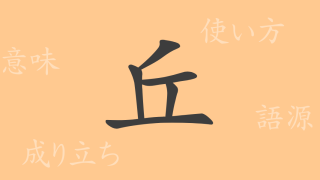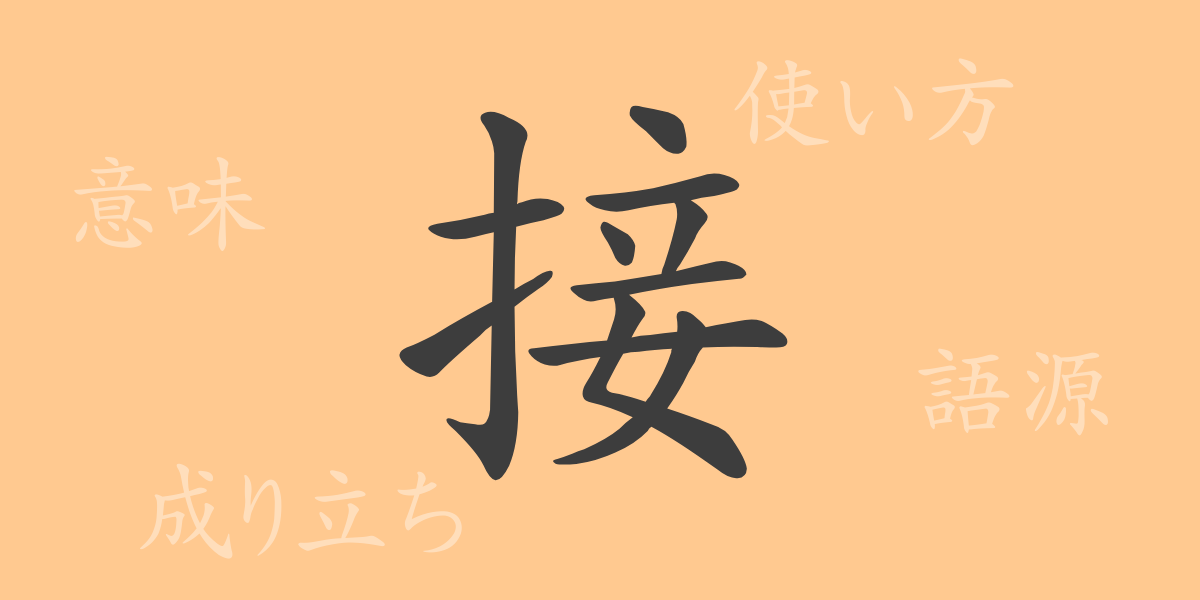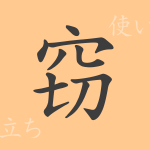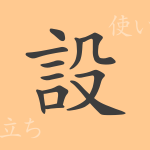In Japanese culture, kanji play more than just the role of characters; they embody deep historical and cultural meanings. “接” (セツ) is one such kanji frequently used in everyday life, representing vital concepts in our communications and daily activities. This article explores the etymology of “接”, its uses, and its expressions in idioms and phrases, delving into the richness it brings to the Japanese language.
Origins of 接 (セツ)
The kanji “接” originated from ancient Chinese oracle bone scripts. Its primal form depicted a hand touching something, symbolizing physical contact between people. Over time, its meaning expanded to encompass abstract concepts such as building relationships and connecting things. Today, “接” is used in various contexts to denote contact and connection.
Meaning and Usage of 接
“接” carries meanings like “to touch,” “to connect,” and “to approach.” These can refer to physical contact as well as connections between people or psychological distances. For instance, “接客” (せっきゃく) pertains to directly interacting with customers, “接続” (せつぞく) refers to connecting two or more entities, and “接する” indicates physically adjoining something or being involved with a matter.
Readings, Stroke Count, and Radical of 接
The kanji “接” offers the following linguistic insights:
- Readings: The on’yomi (Sino-Japanese reading) is “セツ”, and the kun’yomi (native Japanese readings) include “つぐ” among others.
- Stroke Count: “接” is composed of 11 strokes.
- Radical: The radical for “接” is 手 (てへん), which relates to the hand and actions performed with it.
Phrases and Idioms Using 接
The kanji “接” appears in numerous idioms and phrases, each reflecting its nuanced meanings:
- 接触 (せっしょく): Physical contact or touch.
- 接待 (せったい): Hospitality or entertainment, often in a business context.
- 接近戦 (せっきんせん): Close combat, referring to fighting at close range.
These expressions showcase the richness of Japanese and the versatility of the kanji “接”.
Conclusion on 接
The kanji “接”, as indicated by its form, symbolizes concepts of contact and connection. Its usage in Japanese is indispensable for expressing interpersonal relationships and linkages between various elements. Studying this single kanji reveals the depth, complexity, and expressiveness of the Japanese language. Understanding “接” enriches our comprehension of Japanese, reflecting its significance in our everyday lives.

























